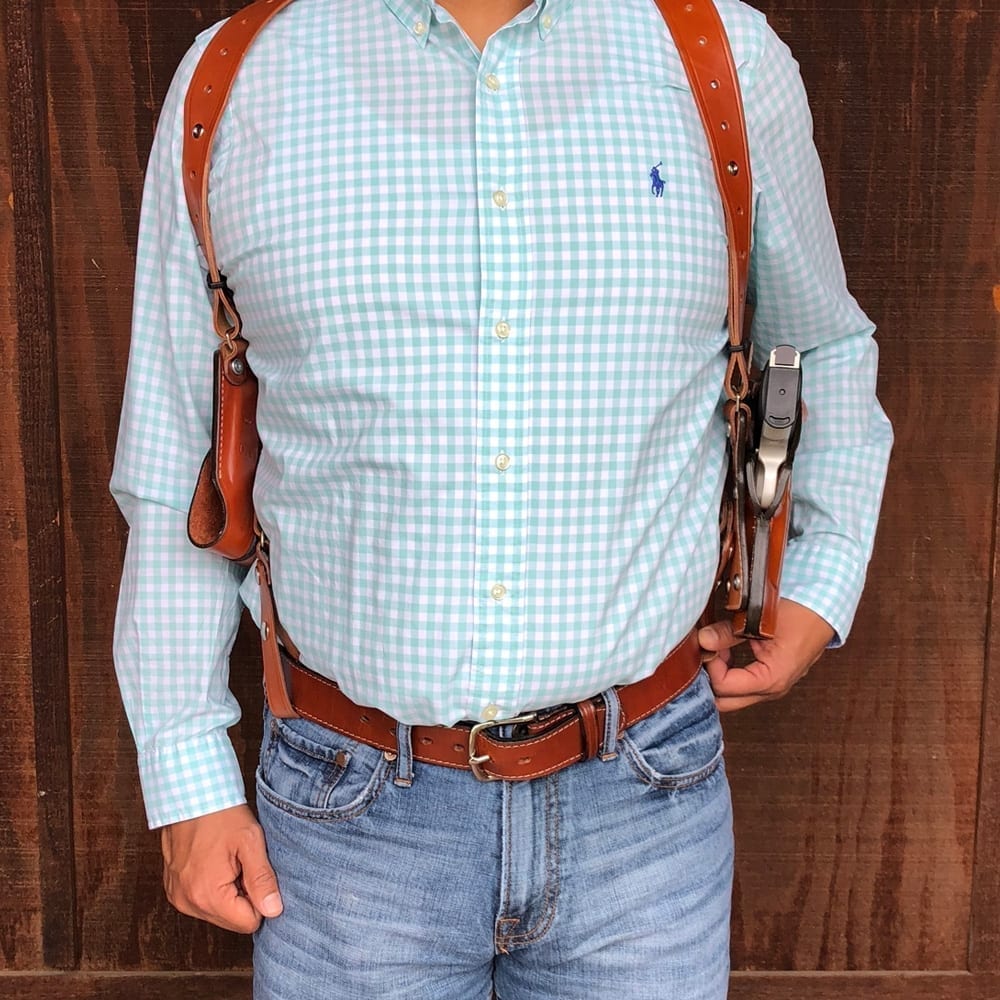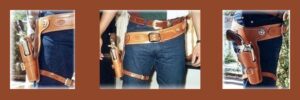Innovations in Leather Rig Design: What’s New in Hollywood?
Leather rig design, an essential yet often overlooked component in the filmmaking process, has seen significant innovation in recent years. From action-packed performances to period dramas, leather rigs are vital for ensuring costume authenticity and actor safety. Hollywood’s ever-evolving landscape demands cutting-edge solutions, and the latest advancements in leather rig design are meeting these challenges head-on. Here, we explore the recent technological integrations and developments shaping the future of filmmaking.
The Integration of Smart Materials
 Recent innovations have introduced smart materials into the realm of leather rig design. These materials, known for their adaptive properties, are revolutionizing how leather rigs perform on set. By incorporating shape-memory alloys and temperature-responsive polymers, designers can create rigs that adjust in real time to environmental changes, providing both comfort and flexibility to actors. This smart technology is crucial for intricate stunt performances, where precision is paramount. Furthermore, smart materials contribute to sustainability by extending the lifespan of leather rigs, reducing the need for frequent replacements and minimizing waste.
Recent innovations have introduced smart materials into the realm of leather rig design. These materials, known for their adaptive properties, are revolutionizing how leather rigs perform on set. By incorporating shape-memory alloys and temperature-responsive polymers, designers can create rigs that adjust in real time to environmental changes, providing both comfort and flexibility to actors. This smart technology is crucial for intricate stunt performances, where precision is paramount. Furthermore, smart materials contribute to sustainability by extending the lifespan of leather rigs, reducing the need for frequent replacements and minimizing waste.
3D Printing and Customization
Another transformative advancement in leather rig design is the integration of 3D printing technology. This innovation allows for the precise customization of rigs to fit an actor’s unique body shape, enhancing comfort and performance. The ability to 3D print components means that designers can rapidly prototype and iterate designs, leading to more efficient production timelines. This level of customization ensures that leather rigs not only fit perfectly but also blend seamlessly with costume designs, maintaining the aesthetic integrity required for various film genres. Additionally, 3D printing reduces material waste, aligning with the industry’s push towards more sustainable practices.
Enhanced Safety Features
 Safety is paramount in film production, particularly when it comes to performing stunts. The latest leather rigs are designed with enhanced safety features that incorporate advanced sensor technology. These sensors monitor real-time data, such as pressure and movement, alerting stunt coordinators to any potential risks or anomalies. This proactive approach to safety ensures quick responses to prevent accidents, thereby safeguarding the well-being of actors and stunt performers. The integration of such technology into leather rigs reflects Hollywood’s commitment to prioritizing safety without compromising the artistic and dramatic elements of filmmaking.
Safety is paramount in film production, particularly when it comes to performing stunts. The latest leather rigs are designed with enhanced safety features that incorporate advanced sensor technology. These sensors monitor real-time data, such as pressure and movement, alerting stunt coordinators to any potential risks or anomalies. This proactive approach to safety ensures quick responses to prevent accidents, thereby safeguarding the well-being of actors and stunt performers. The integration of such technology into leather rigs reflects Hollywood’s commitment to prioritizing safety without compromising the artistic and dramatic elements of filmmaking.
In conclusion, the innovations in leather rig design are not only enhancing the artistic quality of films but also setting new standards for safety and sustainability in Hollywood. As the industry continues to embrace these technological advancements, we can expect leather rigs to become even more sophisticated, ultimately enriching the cinematic experience for audiences worldwide. The fusion of smart materials, 3D printing, and enhanced safety features mark a new era in filmmaking, where creativity and innovation go hand in hand.










